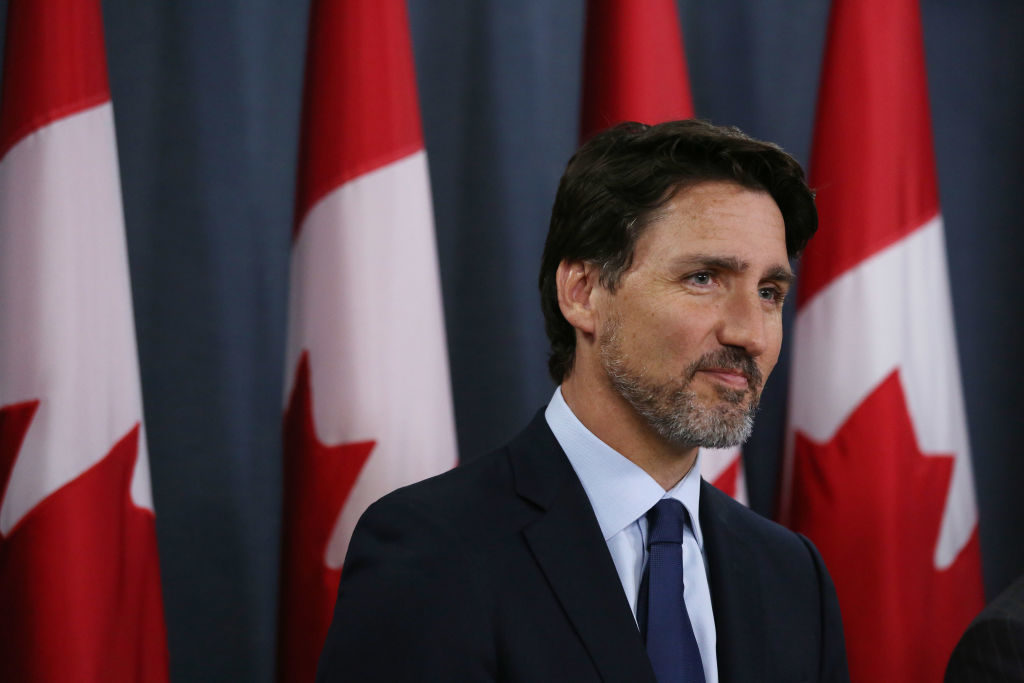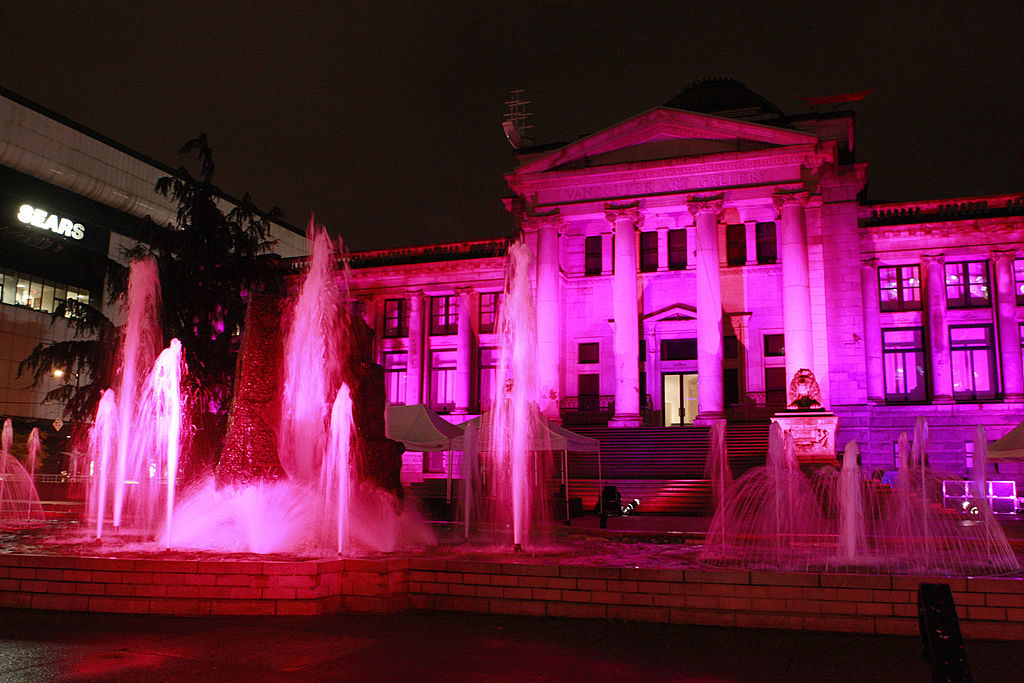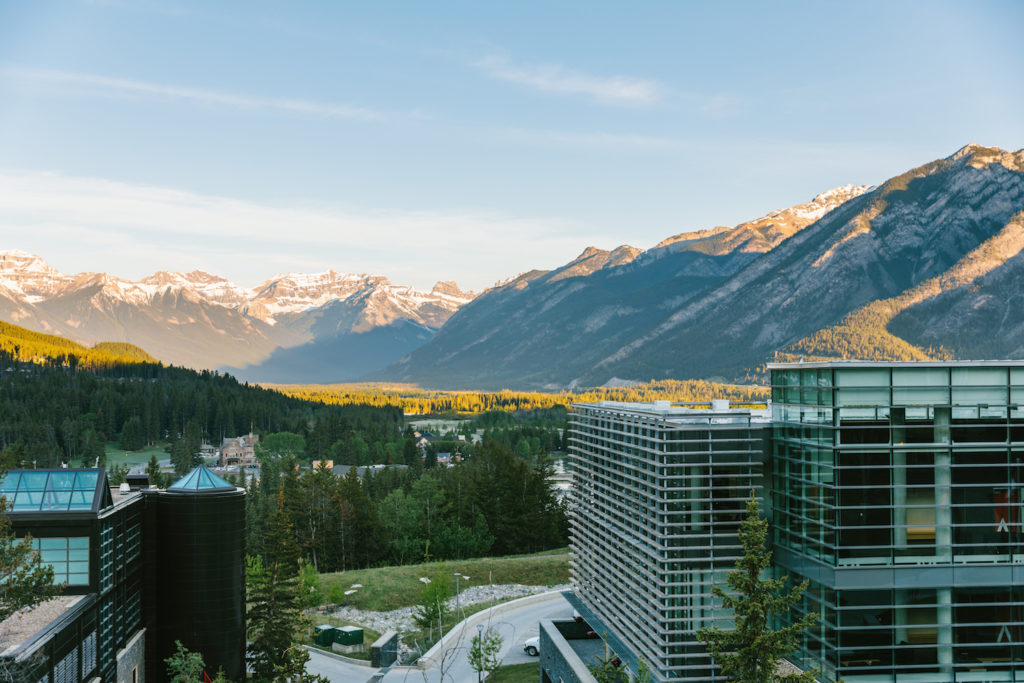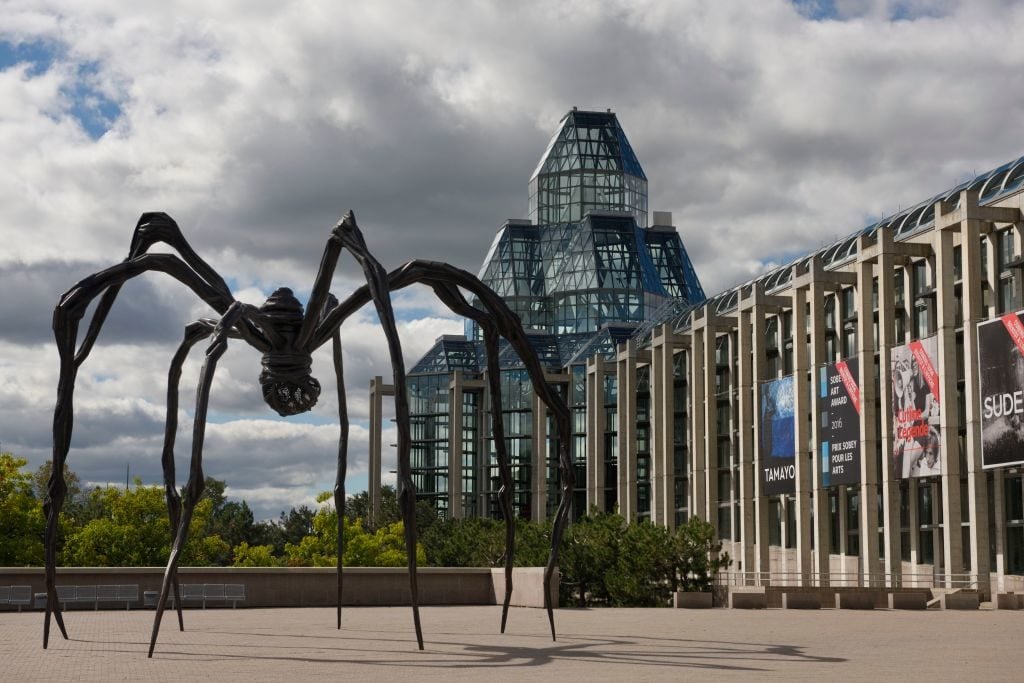Art World
The US Cultural Landscape Is Reeling From COVID-19. Further North, Canada’s Art Scene Has Few Complaints. Here’s Why
The effort has its critics—but many observers view it as a model response.

The effort has its critics—but many observers view it as a model response.

Kate Brown

When news came that Canada’s art institutions were shutting down to help stem the tide of coronavirus worldwide, Simon Brault was worried. “Immediately, we were concerned that we would be ignored,” says the director and CEO of the Canada Council for the Arts, the nation’s largest funding body. “In previous crises, the cultural sector has been the last to be taken care of.”
Fortunately, he has been proven wrong. As the public-health crisis unfolds in Canada, many from both the commercial and non-profit art worlds say the government has taken their needs seriously in doling out billions of dollars in aid to various corners of the economy, which is floundering in the unprecedented lockdown.
The Canada Council, which distributes hundreds of millions of dollars of public money to artists and art organizations each year, was quick to get a seat at the table and enter into discussion with the Canadian government. “Since the beginning of the crisis, we tried to make sure we were not impairing any of our clients,” says Brault. Advances on grants were made to help keep the arts sector afloat, but Brault stayed firm that his budget not be reallocated into bailouts. “Emergency relief needs to come from the government, not from our annual budget,” he says.
Within weeks of the museums and galleries closing, in mid-March, help arrived. Prime Minister Justin Trudeau has introduced an aid package providing CA$2,000 (US$1,435) every four weeks for up to four months to Canadians who have lost most or all of their income as a result of the pandemic. Another program is helping businesses and organizations by covering up to 75 percent of employee wages for 12 weeks.
And while the programs have benefited many in the arts sector, not everyone has been satisfied. The Canada Council issued a report two weeks later showing that more was needed to sustain artists and arts organizations. The survey from mid-April of 7,565 of its funding beneficiaries showed that while the majority seemed content with the programs, 39 percent of respondents said that the funding did not meet their specific needs. These were primarily self-employed artists and smaller arts organizations, including some museums.
In response to the survey and public pressure, last week it was announced that Heritage Canada, the ministry that oversees culture and sports, would give out another CA$500 million (US$355 million). While it has yet to be determined how the money will be divvied up between the sectors, the move has been met with open arms at a time when a return to normal feels far off on the horizon.

Vancouver Art Gallery. Photo: George Pimentel/WireImage.
Tucked up in the Rocky Mountains, the typically bustling Banff Center for the Arts is unnervingly quiet. The summer season is typically its busiest period, with more than 120 events and courses taking place between a usual May-to-August run. But the director of communications for Banff, Erin Brandt-Filliter, says there is “virtually no activity on campus” as all of its conferences, arts and leadership programs, and exhibitions have all been called off.
The remote city is a well known arts hub and residency, but it had to temporarily lay off 400 staff members in late March. According to Brandt-Filliter, some 85 percent of the resort town is now unemployed.
“All this is happening when many were preparing for their busy summer seasons. And for many smaller community museums, that is their only revenue-generating period,” says the Canadian Museums Association’s executive director, Vanda Vitali, who hopes that details will soon emerge on how the additional CA$500 million aid will be distributed. “We’ve recommended the government use its survey data and apply a prorated formula to distribute funding, to help reduce the impact of lost revenue.”

Photo: Chris Amat for Banff Centre for Arts and Creativity.
Government funding has long been essential for the Canadian art world, which has a relatively weak internal art market. Its main art fair, Art Toronto, is set to go ahead this fall, though it says on its website that it is still watching the situation closely. “The market has definitely shifted and slowed down,” says Daniel Faria, an art dealer based in Toronto. “Some sales have been canceled, others postponed indefinitely. It’s all precarious and unknown.”
While loans are available to businesses and nonprofits, many have financial-overhead requirements that disqualify many dealers on the lower end of the market. Meanwhile, the loan program has also been underused by the nonprofit arts sector, according to the Canada Council’s survey. Only 16 percent of respondents said they would use the aid, and those who did were predominantly larger museums.
There is yet to be any assistance to the private arts sector that includes small commercial galleries like Faria’s.
Artists, meanwhile, tend to report that they’re being well-supported. Those who spoke with Artnet News noted that artists are able to do some paid work on the side while still receiving the CA$2,000 per month benefit. It has made everyday necessities, such as “getting food and basic supplies and rent,” more accessible, according to Vancouver-based artist Tiziana La Melia.
Toronto-based artist Patrick Cruz says that the benefit was a significant help to him since most Canada Council funding he had in the pipeline was canceled or put on hold. “It has been tough to pay the bills and especially keeping a studio afloat,” he says. “I believe that the grant system is still continuously taking applications, which I am very grateful for.”

The National Gallery of Canada in Ottawa. Photo: Education Images/Universal Images Group via Getty Images.
Beyond federal assistance, museums, artists, and arts organizations have also been eligible for emergency help at the regional level. In Vancouver, the British Columbia Arts Council helped the nonprofit Or Gallery with “an automatic CA$5,000 resiliency fund,” its director, Denise Ryner, tells Artnet News. It has assured payment of extra artists fees and production fees for the current artist and guest curator to develop an online version of their project, which was shut down before it could open at the end of March.
Yet several the locally initiated programs quickly became overwhelmed. The prairie city of Calgary included CA$200,000 (US$142,000) for artists, who could apply for individual grants up to CA$1,500 (US$1,060) until the end of April, but the applications closed on April 8 due to demand.
In Toronto, the TOArtist COVID Response Fund released more than CA$500,000 ($355,000) to create individual artist grants. It closed its funding in within two weeks.
But, overall, many arts organizations say that when they raise their problems to the government, it is generally responsive.
“We need to continue engaging with the federal government to have a deeper dialogue about funding, because the medium and longer-term effects are not known,” says Brad Keast, board chair of the Museum of Contemporary Art Toronto, who initiated a letter with the foundation One Voice – Arts & Culture in April that called on the government to offer better support. “Funding needs to be tailored to accommodate the unique situations of organizations in this sector.”
Securing the additional CA$500 million (US$351 million) was an example of the result of this kind of “positive pressure,” Brault from the Canada Council says in a nod to One Voice, adding that the next big steps will be to determine what longer-term stimulus packages will look like next year.
“I believe we are entering a period that will be quite long,” he says. “But a lot of creation is happening right now, and I am curious what will come out of that.”